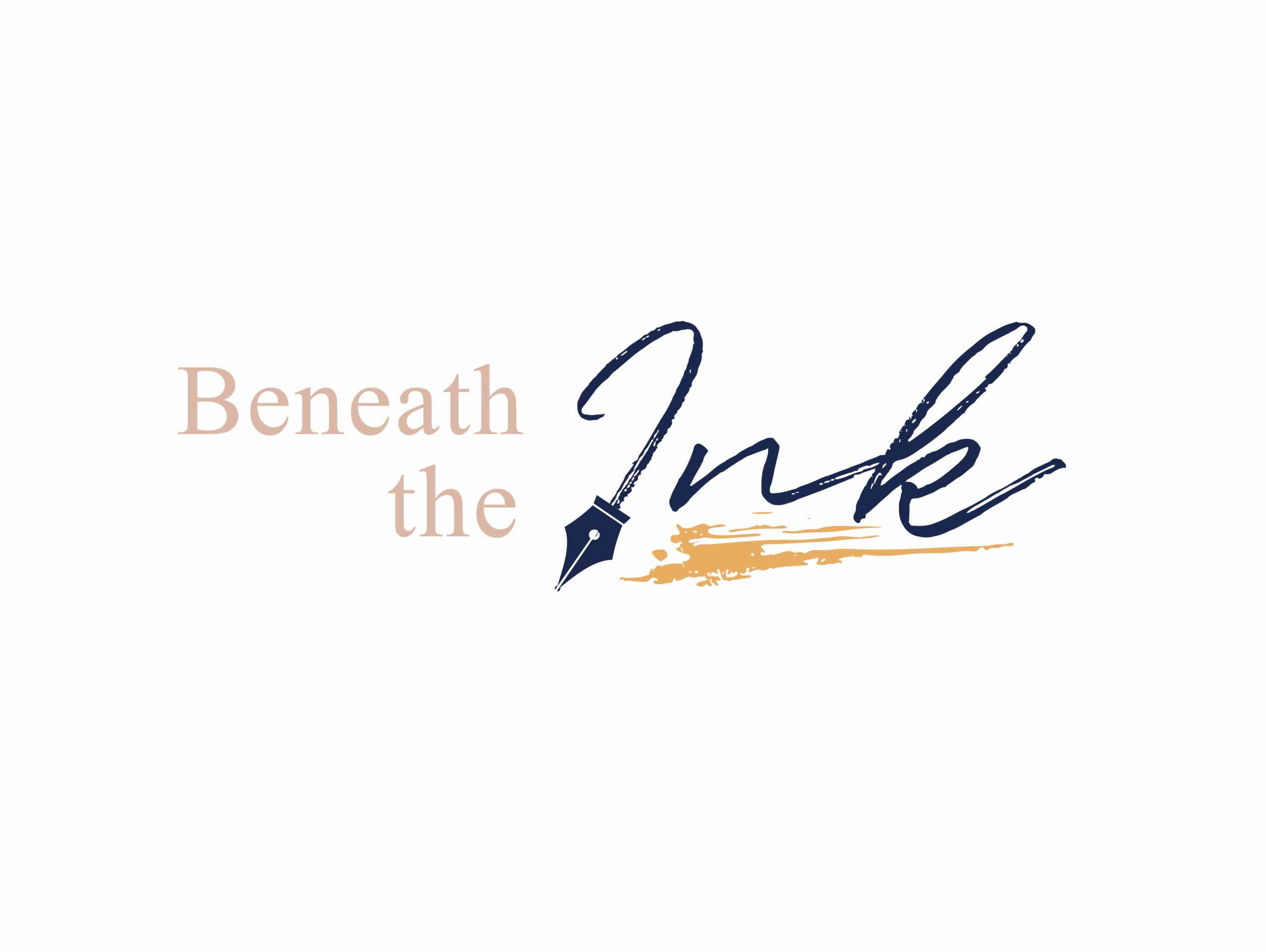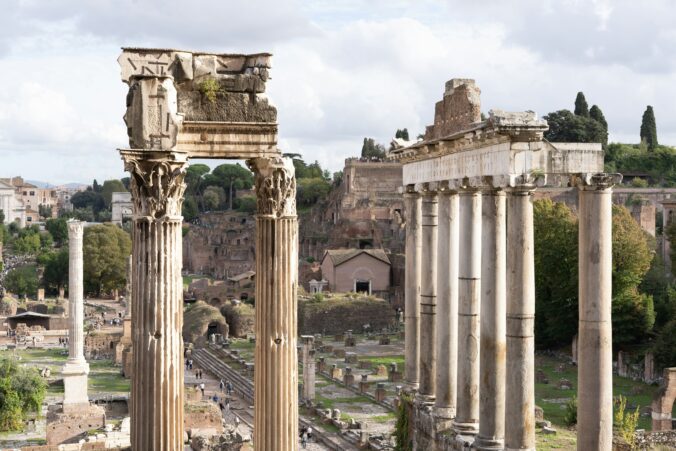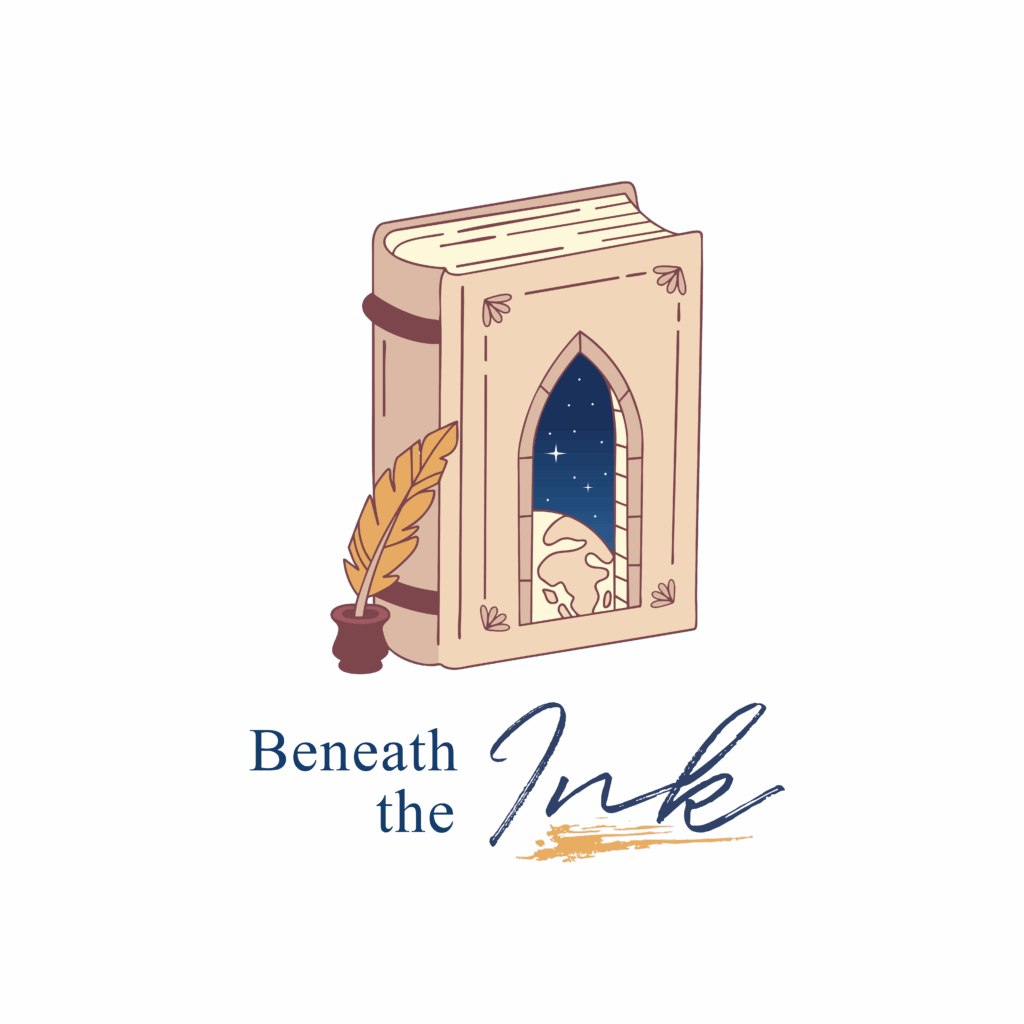My dear time-traveller,
this month we visit ancient Rome. For many people, myself included, Rome is where time stops and history comes alive.
The Eternal City
If you’ve ever been to Rome, you’ve probably done it all: St. Peter’s Basilica, Circus Maximus, the Colosseum, the Forum Romanum. You’ve wondered how—many centuries after Rome was the cradle of global power—you can still find the abbreviation SPQR (senatus populusque Romanus) everywhere. There are even Romans who wear it tattooed on their skin – a tribute to their hometown.
In today’s Rome, you can find layer upon layer of history – from the earliest Etruscan settlement to an empire of incomparable luxury and innovation, to the buzzing modern city it is today. And it’s all there – in one place. Frozen in time, yet never standing still. The city is a silent witness to and mirror of millennia of human civilization.
Founded somewhere in the 8th century B.C., the city of Rome grew slowly but steadily, reaching the peak of its power around the 2nd century B.C. At its height, the Roman Empire stretched from the North African coast in the south as far as what today is Scotland. I’m using the term „empire“ loosely here to refer to the history of Rome between its founding and the split into the Eastern (Byzantine) and Western Roman Empire.
The traces the Romans left in these countries are evident not only in roads, buildings, and settlements. We’ll hardly find a language in the former empire or adjacent regions that doesn’t carry at least a trace of Latin. Roman philosophy still shapes how we see the world today, and the democratic system of the Roman Republic laid the groundwork for many modern governments.
The Name that Lasted
When you think of ancient Rome in all its military and political prowess, one name rises to the surface: Gaius Julius Caesar. I’m sure you’ve heard of him. If you’ve read Asterix & Obelix in your childhood, a little old man in a white toga with a really bad temper may come to mind. Maybe you’ve even studied Latin and translated his work De Bello Gallico – and cursed him for it.
I tried to remember what else I actually knew about Caesar. The name of his political opponent Cicero and his lover Cleopatra came to mind. As well as the date of his death – the Ides of March – along with the quote “… et tu, Brute?”
Apart from a handful of scattered quotes and names, I must admit I didn’t know much about the historical Caesar at all. Still, he rose to become one of the most powerful men in antiquity. He was so renowned that his family name, Caesar, was soon used as a title. The German word Kaiser and Russian Tsar both trace back to his name.
But who was he, and how did he rise to such fame and power? To answer that, we have to travel back to the beginning—before the legend, there was a boy named Gaius.
Gaius, Not Yet Caesar
In the historical fiction series Emperor by Conn Iggulden, we accompany the protagonist Gaius Julius Caesar from his early childhood on a small, not overly wealthy estate just outside of Rome to the height of his political influence and military glory.
Having spent his childhood shielded from the city’s intrigues, the young man soon finds himself in the center of Rome’s political unrest. We follow him through a series of challenges on foreign soil from which he returns stronger, more ambitious, and with a clear hunger for power.
As his fame and power increase and he grows into the military and political genius we know today, we see how he reshapes the political landscape to suit his ambitions—and how the seeds for his later downfall are sown.
But the book series is more than political intrigue and personal tragedy – it’s a portrait of a society and a man within it.
Caesar, the Human
It’s a fascinating read, offering insights into ancient Roman history, the city’s political machinery, and the empire’s military strength. And perhaps most importantly, we meet Gaius, the human—not just Caesar the politician, strategist, and imperialist.
Caesar was born into a time of political upheaval and societal turmoil – at the brink of the Roman Republic’s decline. With the Republic weakened and ambitious men increasingly able to bypass its institutions and traditions, Caesar finds himself navigating a fragile political landscape.
The book offers a glimpse into what life in ancient Rome might have looked and felt like. Iggulden, in my view, does a remarkable job capturing the texture of Roman society – how people lived, what they valued, how the class system functioned, and how they engaged with politics, religion, and warfare.
Lastly, the book touches on a question that’s always stayed with me: Who was Gaius – the human behind the legend? While countless books recount his life, it is rarely told from his perspective. For me, the series also conveys what it must have meant to walk in his shoes and to navigate a world that was about to change fundamentally. It bridges the gap between his political personality and his strategic genius to the human being with memories, doubts, fears, joys, and love.
A Note on History
And yet, as with any retelling of history, we have to take into account that fact and fiction are often interwoven and it’s hard to tell the two apart.
Therefore, we need to be aware that Conn Iggulden did take some creative liberties and has bent history to serve his story. While biographies and encyclopedias can offer facts and timelines, Iggulden brings the fractured Roman Republic to life and gives Julius a soul.
For the Curious Traveller
If you want to keep wandering the streets of ancient Rome and put on your historian’s glasses, feel free to have a look at these materials:
Historical Input on Caesar
- Summary of Caesars Life and Career (Wikipedia)
- The Life of Julius Caesar – The Rise and Fall of a Roman Colossus (See U in History)
- Julius Caesar: A Roman Colossus (Biographics)
- Julius Caesar: The Legacy Of Ancient Rome’s Greatest Dictator (Odyssey – Ancient History Documentaries)
- I, Caesar: The Rise and Fall of the Roman Empire (BBC)
Historical Context – Ancient Rome
- Ancient Rome: The Rise and Fall of an Empire (BBC)
- The Rise and Fall of the Roman Empire (Megaprojects)
- The Roman Empire – Rise and Fall of Ancient Rome (Lex Fridman with Gregory Aldrete)
- What the day-to-day life was really like in Ancient Rome (Timeline)
To grasp the feeling of the time
- Those about to die (Amazon Prime) – set much later, but still worth a watch
- Rome (HBO)
- Caesar (TNT Miniseries)
- Queen Cleopatra (2023) – Netflix
- Das Römische Reich (2019) – Netflix
On the Author
- Conn Iggulden on why he loves his characters and how his approach to historical fiction has changed (Page One – The Writer’s Podcast)
Until Our Next Journey
I hope you enjoyed wandering through ancient Rome with me. If this story sparked thoughts, memories, or questions – I’d love to hear them. Just hit reply and say hi, share your take, or tell me what you’re currently reading.
If you’d like to help keep the lantern lit on this journey through time and space, you’re warmly invited to visit my Contribee page. Think of it as dropping a coin in the storyteller’s hat – no pressure, just a gesture of kindness and appreciation.
And if you know someone who loves to get lost in good stories and explore the world through books, feel free to pass this newsletter along. There’s always room for a fellow traveler.
Until next time – keep wandering, keep wondering.
Love,
Kalypso



Schreibe einen Kommentar